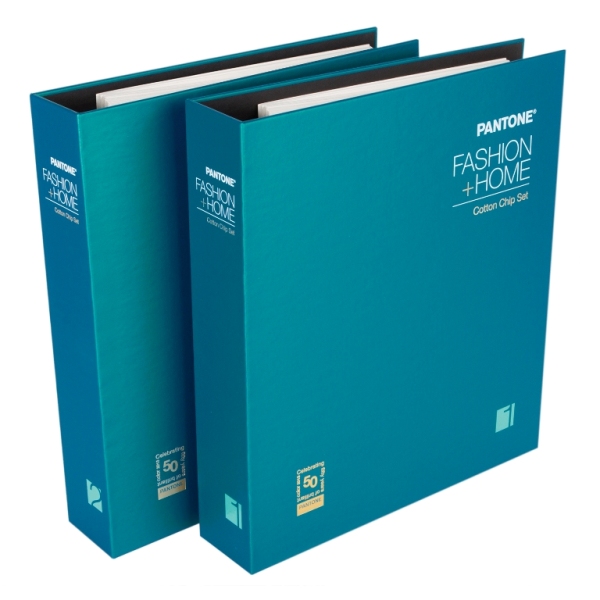Top Calibration Tips and Tricks to Ensure Accurate Measurements Every Time
Whether you're running a calibration laboratory, managing quality control in manufacturing, or maintaining test instruments in a research facility, accurate calibration is critical. It ensures your instruments are functioning correctly, your data is reliable, and your processes remain compliant with standards like ISO 17025.
In this post, we’ll explore practical calibration tips and tricks that can help you avoid common mistakes, reduce uncertainty, and boost performance.
✅ 1. Understand the Calibration Standard
Before starting any calibration procedure, be familiar with the standard operating procedures (SOPs) and international standards like:
-
ISO/IEC 17025:2017 – General requirements for the competence of testing and calibration laboratories.
-
ISO 9001:2015 – Quality management system standards.
Tip: Always calibrate according to the method approved by your accreditation body.
🔧 2. Warm-Up Your Instruments
Before taking measurements, allow the device to warm up. Instruments like digital multimeters, oscilloscopes, or temperature sensors can give inaccurate readings if not stabilized.
Trick: Follow manufacturer recommendations—some devices require 10–30 minutes of warm-up time.
📏 3. Use the Right Calibration Equipment
Always use standard reference instruments with a higher accuracy than the device under test (DUT).
Tip: Ensure your reference equipment is itself calibrated regularly by a certified lab.
📅 4. Stick to a Calibration Schedule
Routine calibration is vital. Set up a calibration calendar and avoid skipping dates.
Trick: Use a software tool to automate reminders and track calibration certificates for audit readiness.
🌡️ 5. Control the Environment
Calibration results can be affected by temperature, humidity, vibration, and dust. Ensure a stable, clean, and quiet environment.
Example: If calibrating a thermometer at 22°C and 45% RH, document the environmental factors as part of the uncertainty budget.
📋 6. Document Everything
Keep detailed records of:
-
Instrument ID and serial number
-
Date of calibration
-
Environmental conditions
-
Results and uncertainty
-
Technician’s name
Documenting your calibration ensures traceability and compliance with ISO calibration standards.
⚠️ 7. Avoid Common Mistakes
Some frequent calibration mistakes include:
-
Skipping warm-up time
-
Using expired reference standards
-
Not compensating for environmental changes
-
Overlooking zero or span adjustments
Trick: Use a checklist before and after calibration to avoid human error.
📈 8. Analyze Uncertainty
Understanding and calculating measurement uncertainty is a core requirement of ISO 17025. Use formulas and tools like MS Excel for uncertainty budgets.
Example Formula in Excel:
🧪 9. Train Your Technicians
Well-trained personnel reduce errors and improve data reliability.
Tip: Conduct regular training sessions on new instruments, updated standards, and calibration software.
🧰 10. Calibrate After Repairs or Shocks
If your equipment has been dropped, repaired, or exposed to extreme conditions, recalibrate it immediately—even if it's not yet due.
Final Thoughts
Proper calibration isn’t just about checking instruments—it's about ensuring accuracy, safety, and quality assurance. By applying these tips and tricks, you’ll create a reliable calibration process aligned with global standards.
💡 Bonus Tip:
Always double-check the traceability of your reference standards. They must be linked to national or international standards like NIST or BIPM or OIML or ISO 17025.







